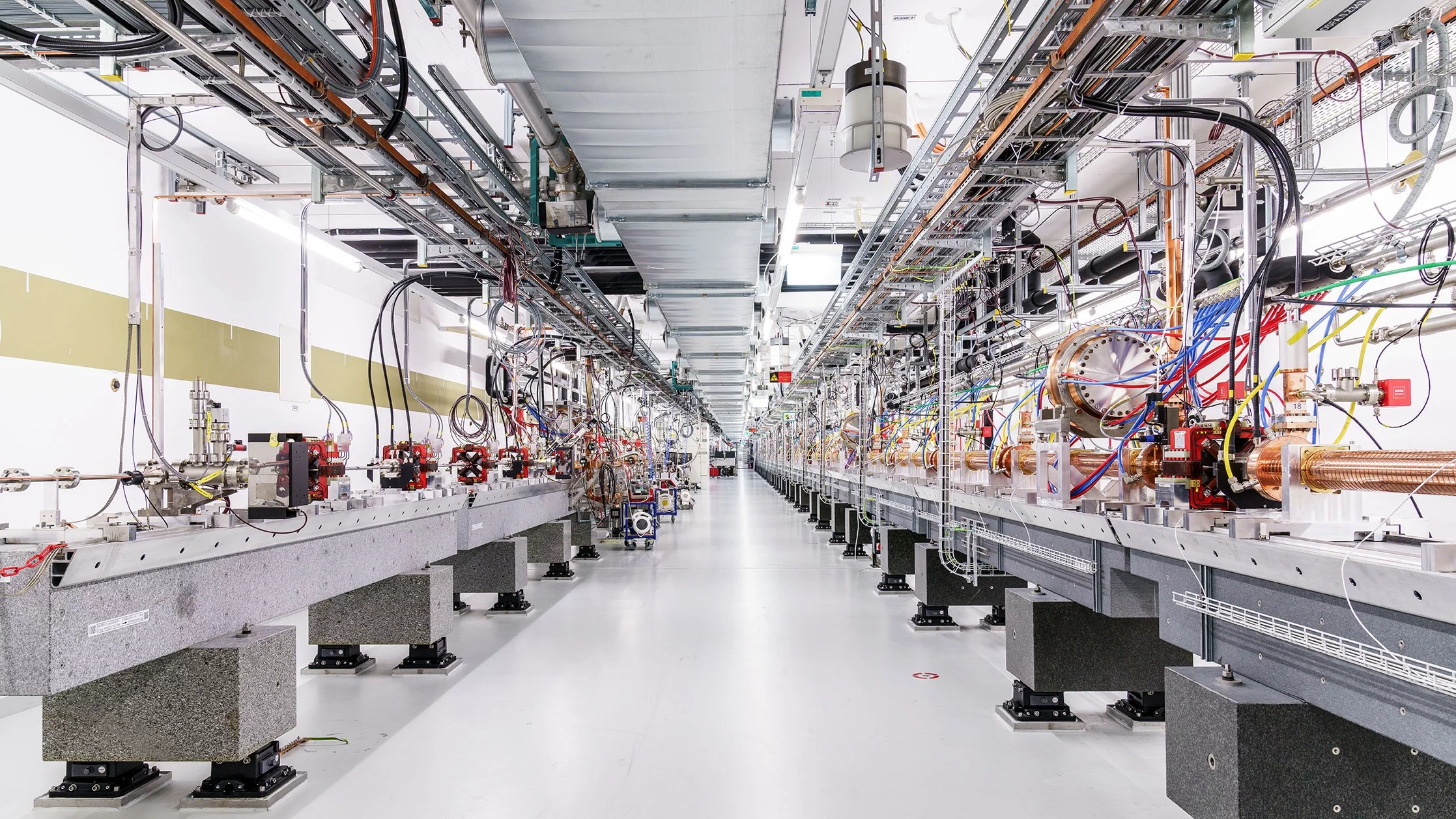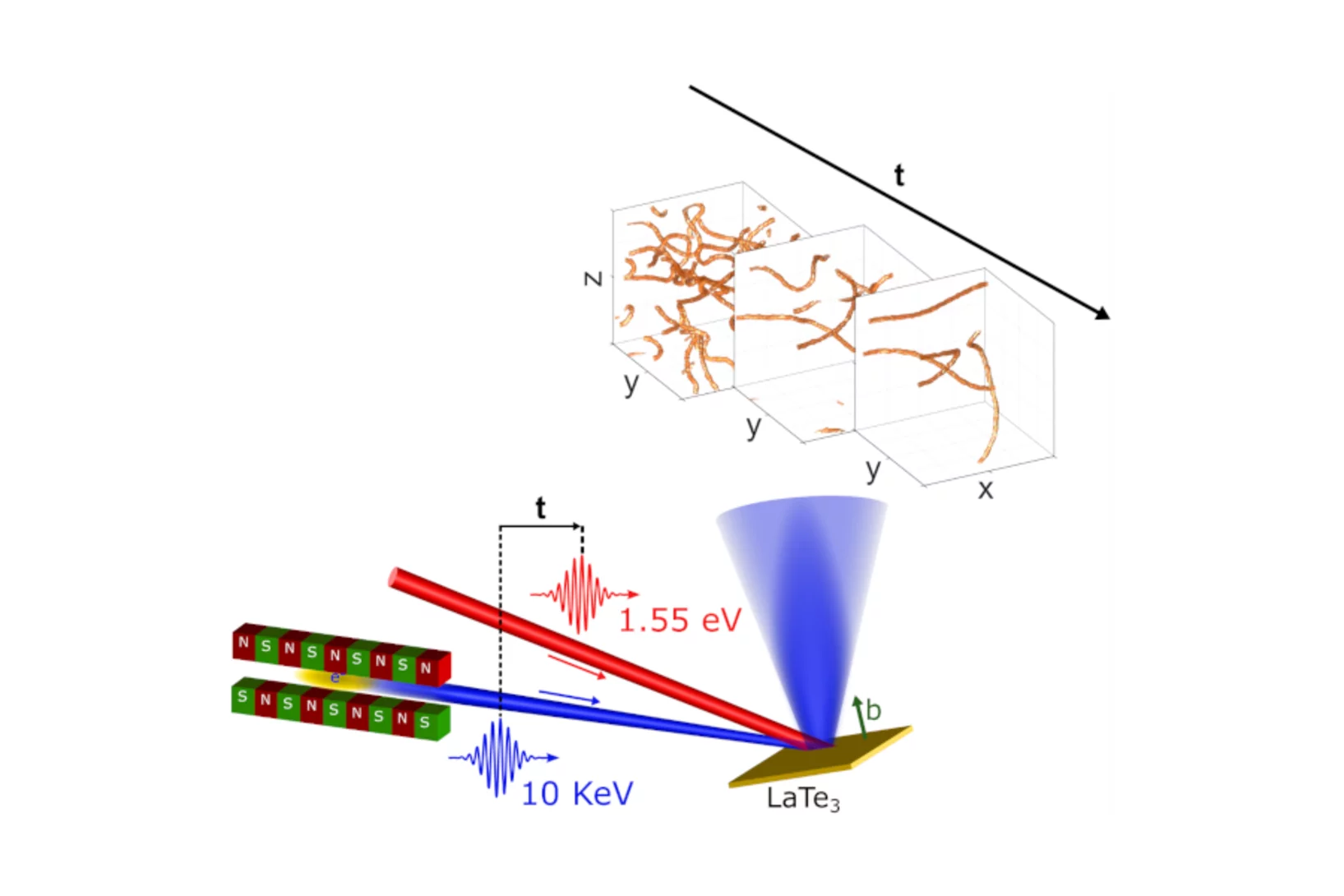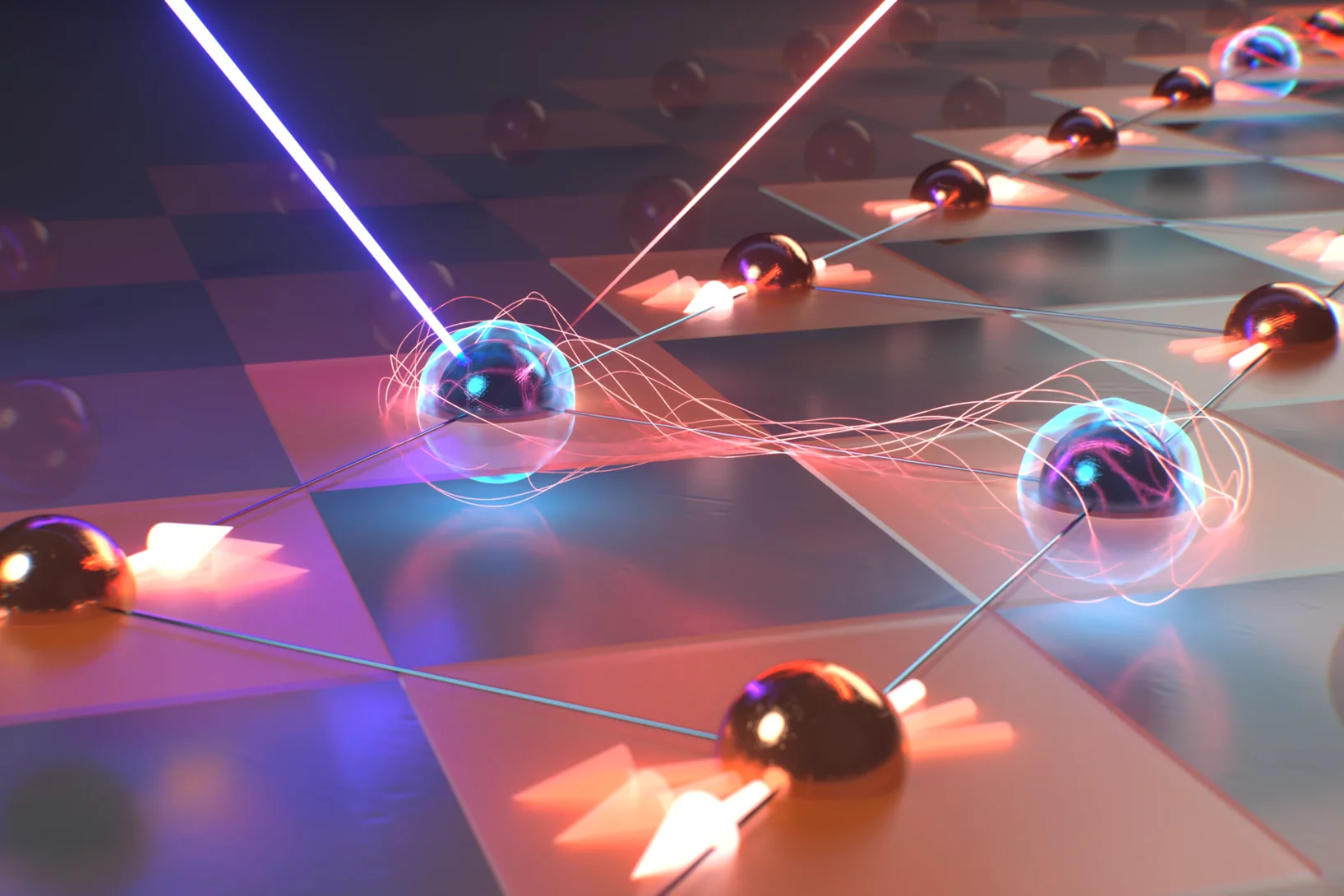The New Highlight in Switzerland's Research Infrastructures
The SwissFEL is based on a novel technology holding exceptional promises for diverse areas of scientific research. Serving our society's modern trends "smaller, faster, more complex", SwissFEL will provide unprecedented insights into structures as small as an atom and into phenomena as fast as the vibrations of molecular bonds. It will also reveal the secrets behind the inner complexity of technologically relevant materials and biochemical structure and interaction.
Information
Disorder begins at the surface of quantum materials
Ultrafast X-rays from SwissFEL reveal unexpected light responses in quantum materials.
Topological defects determine evolution of charge density wave phase transition
Total scattering signals collected at SwissFEL reveal the role of topological defects when switching properties of a charge density wave material. The defect formation and dynamics after laser excitation reveals new insights into the functionality of quantum materials.
Stabilising fleeting quantum states with light
X-rays from SwissFEL probe emergent properties of quantum materials
Contact
PSI User Office
Paul Scherrer Institute
building WBBC
CH-5232 Villigen PSI
Switzerland
+41 56 310 46 66
useroffice@psi.ch
Office hours:
Monday through Friday from 8:00-11:30 and 12:30-17:00
otherwise please contact us per email



